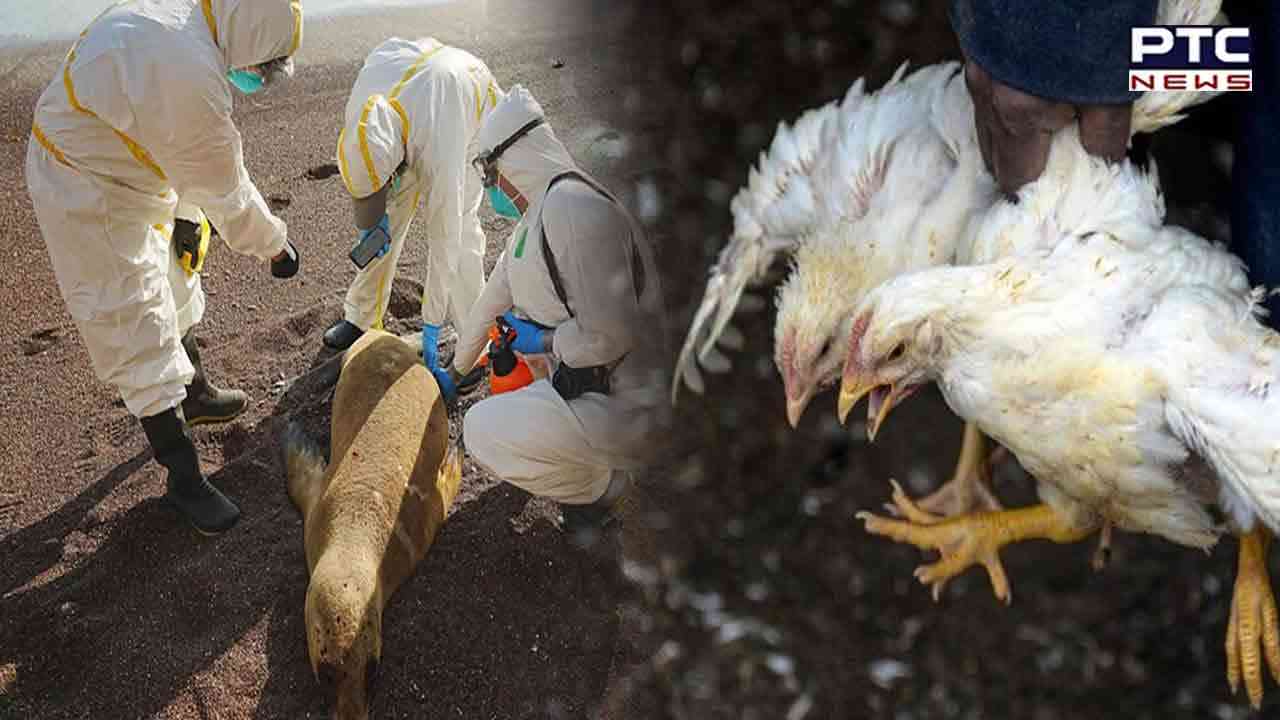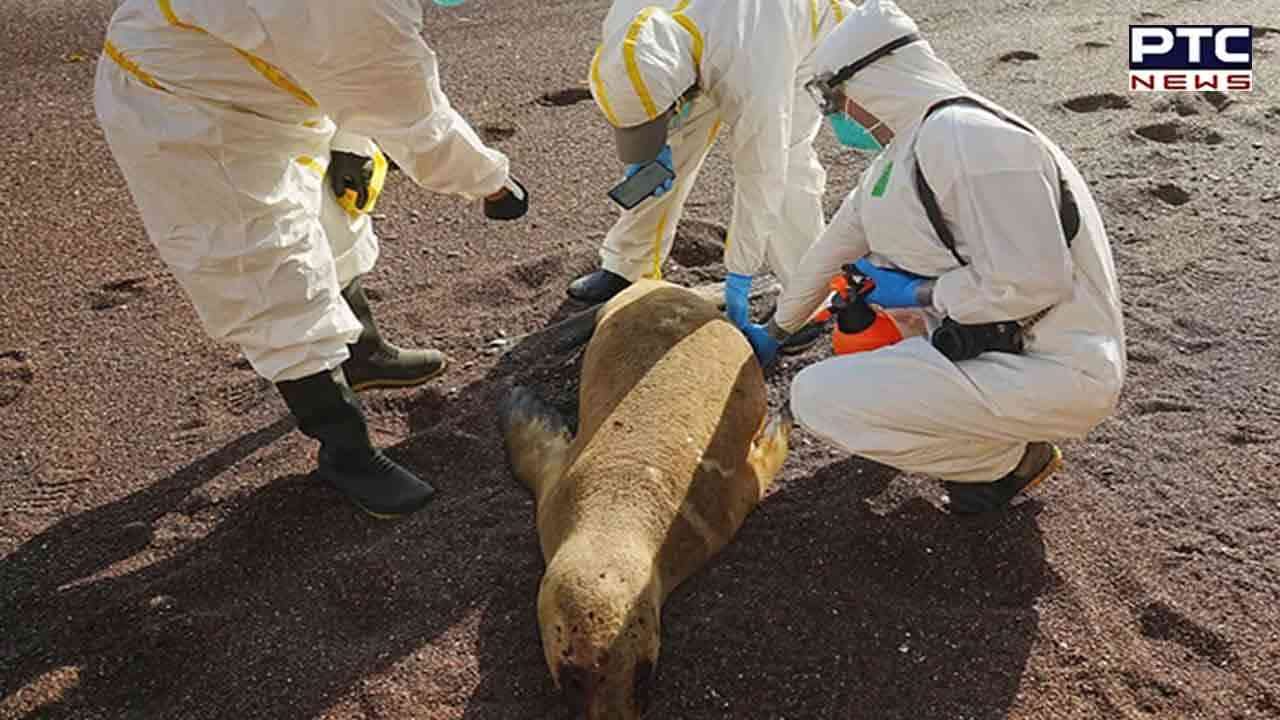
585 sea lions dying in Peru due to bird flu: Report
Lima, February 8: On late Tuesday, Peru (local time) reported the death of 585 sea lions and 55,000 wild birds due to the H5N1 bird flu virus in recent weeks, as reported. World Organization for Animal Health recently raised concern looking at the concerning situation.
According to the agency it is discovered that around 55,000 dead birds in eight protected coastal areas, rangers found the bird flu that killed them had also claimed 585 sea lions in seven protected marine areas in the Sernanp natural areas protection. The dead birds included pelicans, various types of gulls, and penguins, the Sernanp said in a statement.

Also Read | Punjab:
Cash-strapped PSPCL makes smart pre-paid meters mandatory at govt offices from
March 1
When tested laboratory confirmed that the presence of H5N1 in the dead sea lions, prompting the authorities to announce a "biological vigilance protocol." For its part, Peru's National Forest and Wildlife Service (SERFOR) urged people and their pets to avoid contact with sea lions and sea birds on the beach.
Earlier in 2021, Europe has been gripped by its worst-ever outbreak of bird flu, while North and South America are also experiencing severe outbreaks. In November, the country declared a 180-day health alert after finding three cases of highly contagious H5N1 in pelicans.
According to the SENASA agricultural health agency, the disease is transmitted by migratory birds from North America.
The reports add to a growing number of detections in mammals, including recent reports from the United Kingdom and H5N1 in farmed minks in Spain. The United States has so far reported 110 detections in mammal species, reported University of Minnesota's CIDRAP report.
The H5N1 clade circulating in birds, poultry, and an increasing number of mammals has a mutation that makes the virus more recognizable by mammalian airway cells.
The World Organization for Animal Health (WOAH) last week raised concerns about not only the spread of the highly pathogenic avian flu to new countries in Central and South America, but also the speed of the spread over a 4-month period, with occasional spillovers to humans and mammals. The most recent human case was reported in a 9-year-old girl from Ecuador.
Also Read | Day not far when Punjab will be on high growth trajectory of industrial growth: Bhagwant Mann
- ANI
